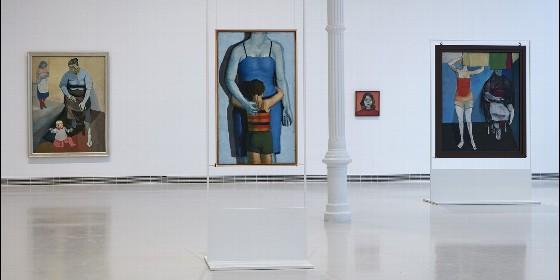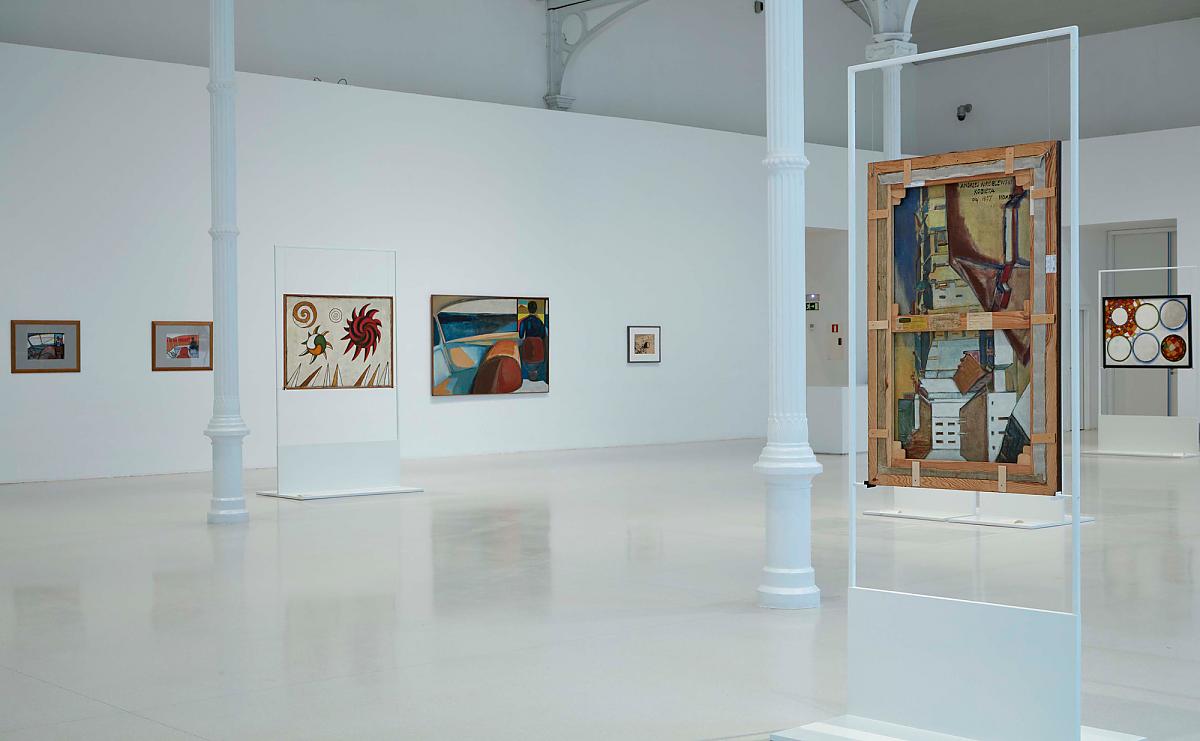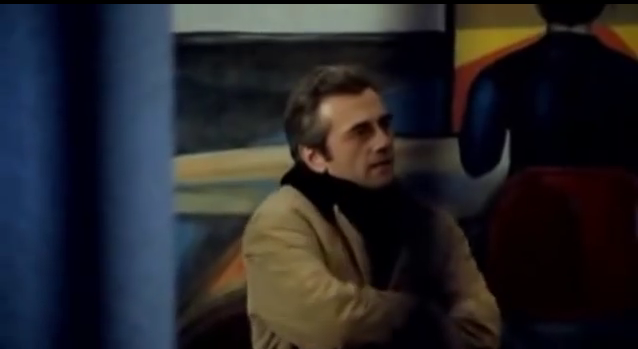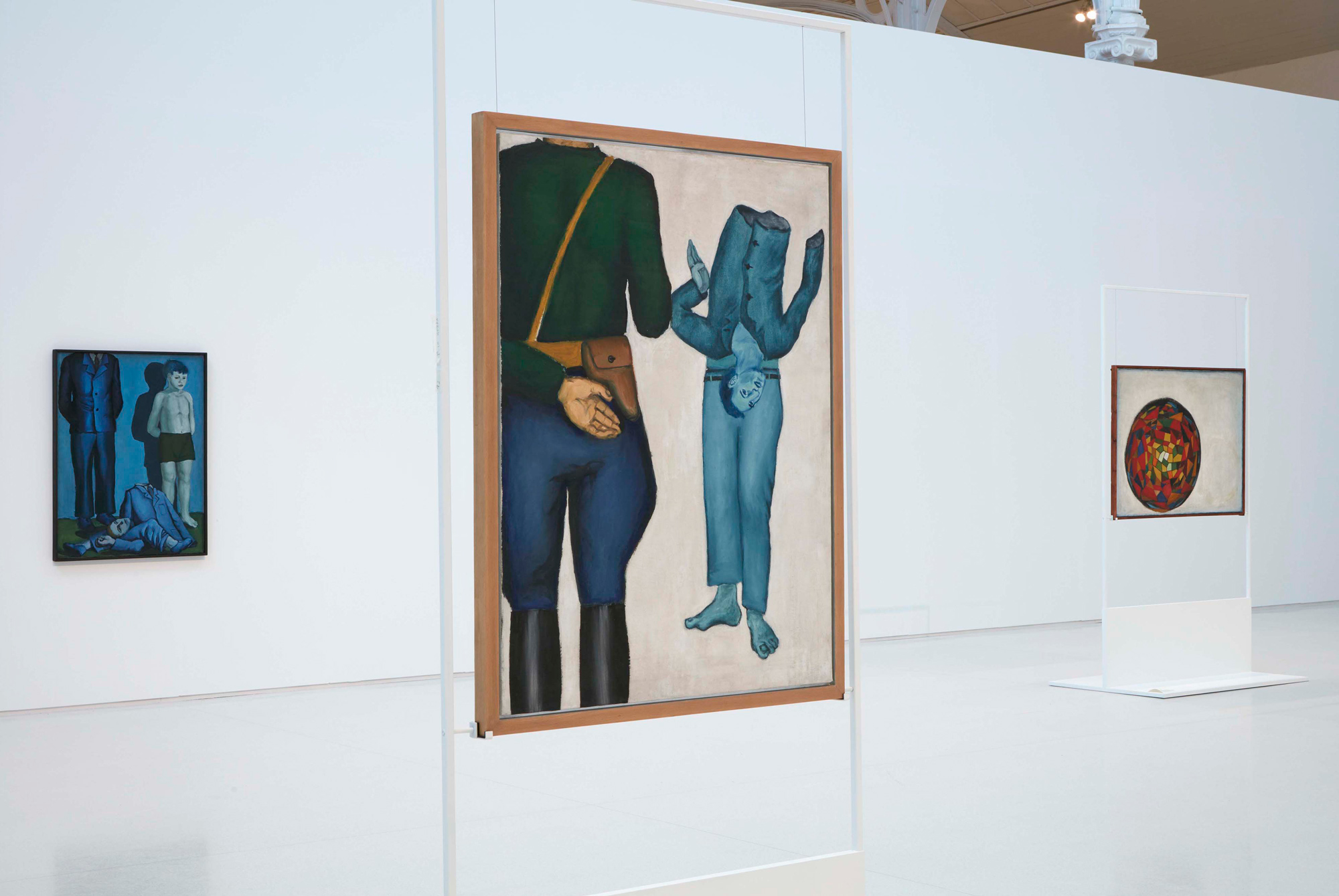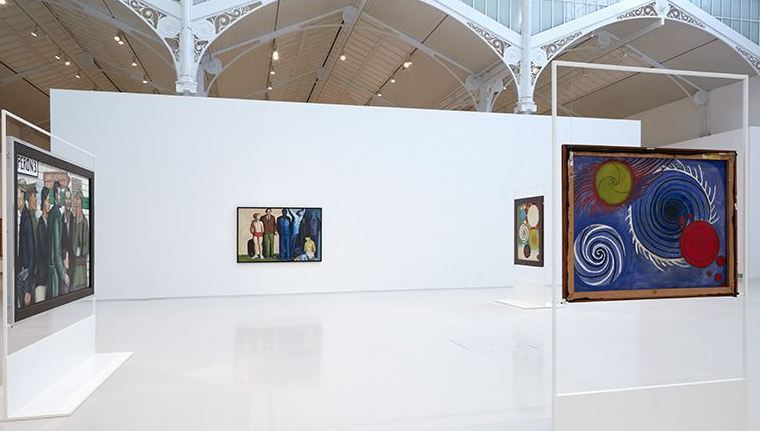RECTO / VERSO
L’artista Andrzej Wróblewski (1927-1957), durante la sua breve carriera interrotta dalla morte prematura, ha raggiunto in Polonia lo status di leggenda, una sorta di idolo legato a un determinato momento storico.
Andrzej Wróblewski (1927-1957) despite the brevity of a career cut short by n untimely death, has attained the status of a legend in Poland, where he is something of an idol tied to a specific time and place.
La mostra si concentra su due fasi epocali nella sua opera (150 opere esposte): l’inizio (1948-1949), quando, partendo da zero, ha inventato il proprio linguaggio pittorico, e la fine (1956-1957), quando, dopo un periodo di fede nel realismo socialista stalinista e una volontaria sottomissione alla sue linee guida, ha tentato di ridefinire se stesso, ricominciando da zero.
The exhibition focuses on two momentous phases in his work (150 works of art) : the beginning (1948-1949), when, starting from scratch, he invented his own painterly language ; and the end (1956-1957), when, after a period of faith in Stalinist socialist realism and voluntary submission to its mandatory guidelines, he attempted to redefine himself – as if starting from scratch again.
I numerosi quadri bifacciali e le opere su carta, create durante questi periodi, sono il segno materiale della dialettica tra l’impegno politico e l’esperimento artistico.
His numerous double-sided painting and works on paper created in these periods are the material sign of his being torn between political engagement and artistic experiment.
Le doppie scene di Wróblewski appaiono contraddittorie: da un lato, forme cosmiche e astratte; dall’altro, campi di reinsediamento, squadre di esecuzione, smembramenti corporei, e scene intime di straniamento brechtiano.
Wróblewski’s double scenes thus appear contradictory : on one side, cosmically inspired biomorphic abstractions; on the other, resettlement camps, execution squads, bodily dismemberment , and intimate scenes of Brechtian estrangement.
Un’estetica di frammenti e protesta sociale, identità incerta, nazionalità imposta e astrazione geometrica. Queste sono le connessioni che possono essere indagate nel lavoro dell’artista polacco.
An aesthetics of fragments and social protest, uncertain identities, imposed nationalities and geometric abstraction. Even so, among them are connections that can be seen.
L’allestimento di queste doppie scene vede l’uso di pannelli che lasciano vedere, usando in modo preciso la prospettiva, il quadro davanti e dietro da diverse distanze.
The scenography of these double scene sees the use of displays that leave see the panting front and back.
Questi pannelli si mimetizzano con l’architettura luminosa del Palacio de Velázquez e principalmente servono per sorreggere il quadro senza invadere i colori e le forme del dipinto.
These displays are camouflaged with light architecture of the Palacio de Velázquez and mainly serve to support the framework without invading the colors and shapes of the painting.
In mostra è anche visibile un estratto del film Wszystko na sprzedaż (Tutto è in vendita, 1969) di Andrzej Wajda, dove si vede il protagonista del film visitare una mostra di Wróblewski.
The exhibitionin you can see an excerpt of the film movie Wszystko na sprzedaż (1969) by Andrzej Wajda.
Wszystko na sprzedaż (1969), Andrzej Wajda.
Exhibition | 17 November 2015 – 28 February 2016, Parque del Retiro. Palacio de Velázquez, Madrid.



